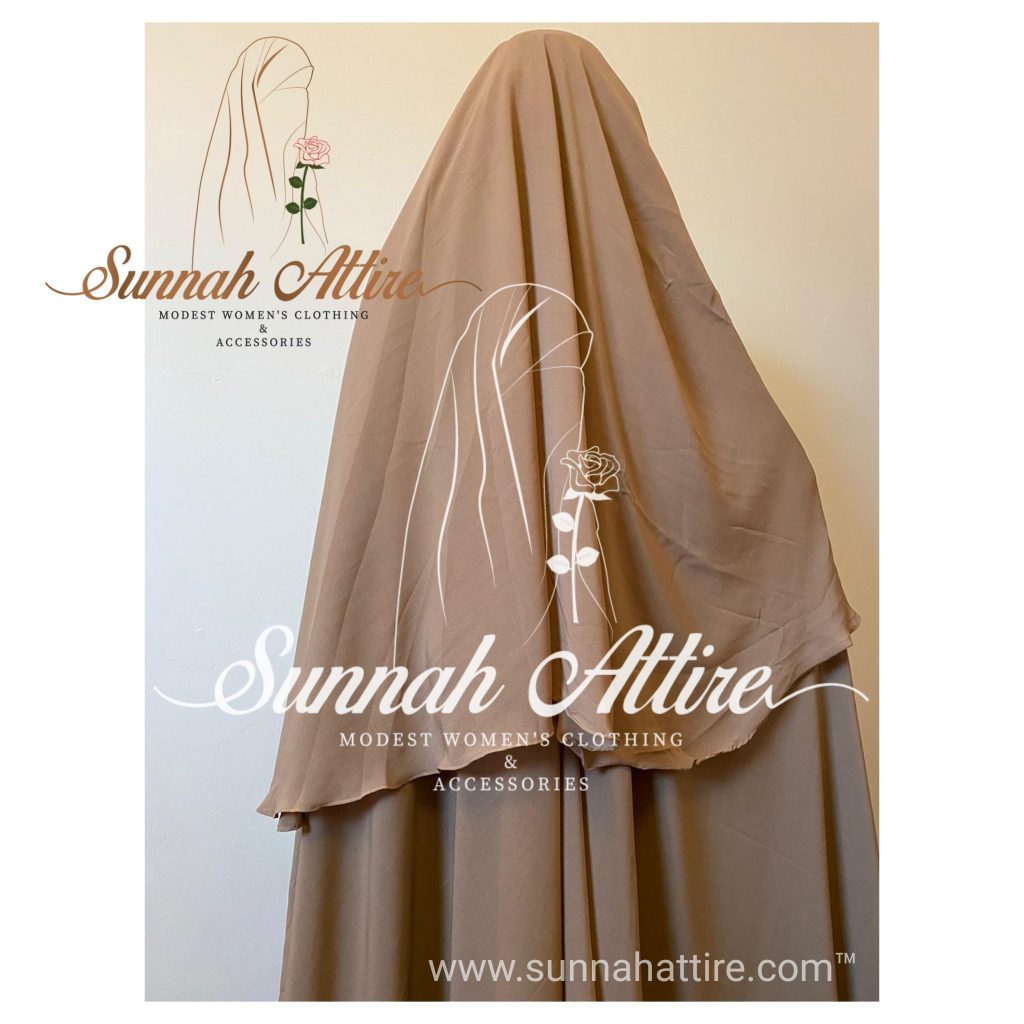
The reflection glares back at her.
“What you waiting for?”
The masquerade begins. Layers of foundation, shades, contours and sheen. Topped with brows and brushes and lashes between. And then the hijab to screen.
We walk on eggshells around how our sisters dress. Making excuses and told; “don’t be harsh – we don’t know who Allah will bless“. It’s true this dunya is a struggle and we are all under a test, but still Allah has instructed us how to be dressed.
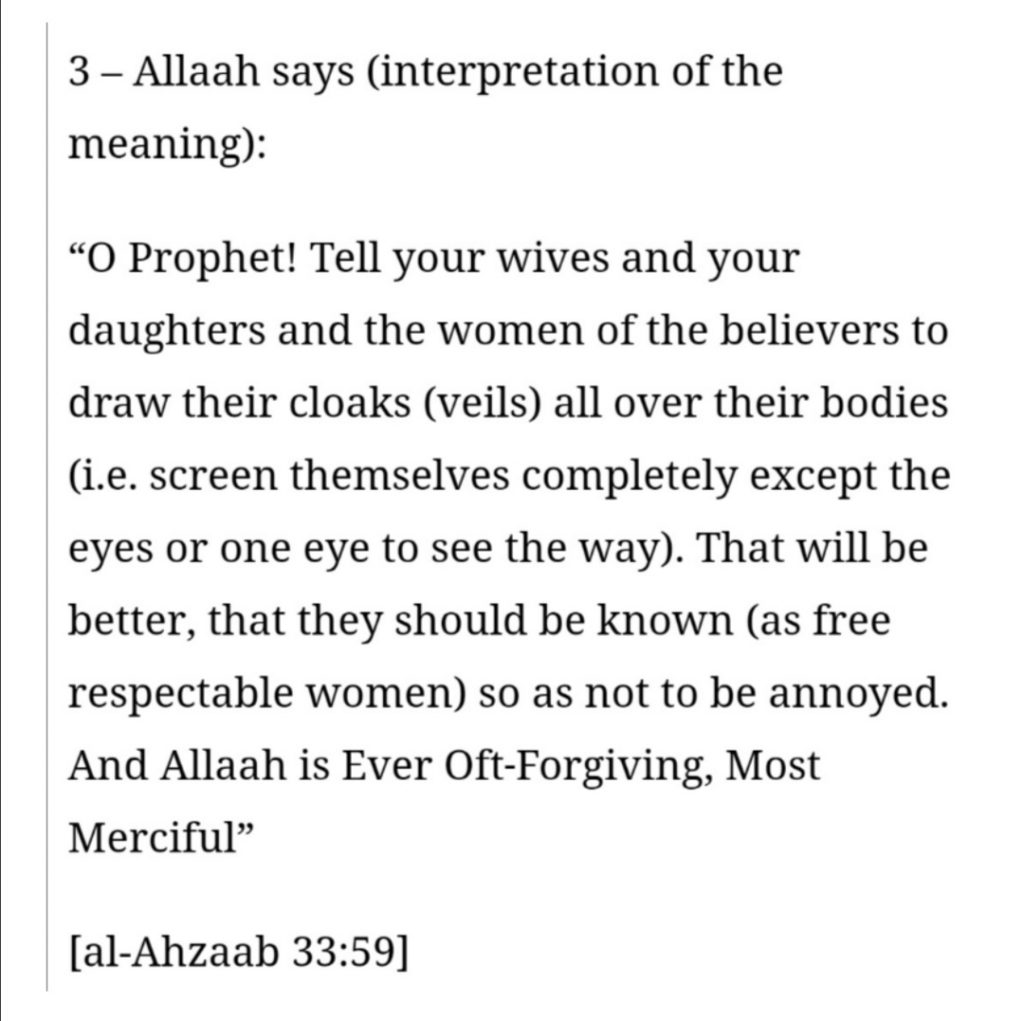
‘draw their cloaks all over their bodies’
Open to interpretation, or “it depends how you interpret it”.
ALL over their bodies! i.e “screen themselves completely except the eyes or one eye to see the way!” ..so that they be “known” i.e respected “so as not to be annoyed“.
Subhan’Allah for the sisters out here who wear and observe the niqaab, how real is that!? How often does our three piece slip down on one side and just naturally cover one eye?! Do you just leave it so, like I do? And feel that comfort, protection and peace?! And the “not to be annoyed” part is real too! How safe and protected we feel under our niqaab that the opposite gender can’t “annoy” us because we are screened and unseen alhamdulillaah!
Still we are a minority …
But these are the words of Allah subhanaa wa t’ala:
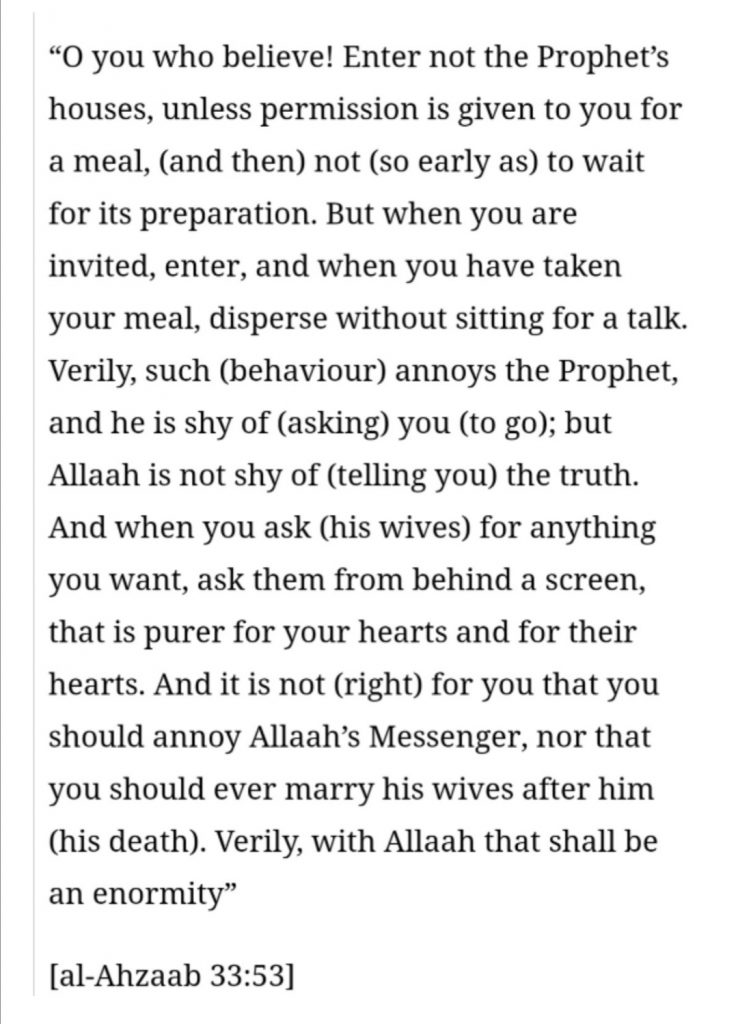
“And when you ask (his wives) for anything you want, ask them from behind a screen…”
Subhan’Allah we have a variety of screens today; TV screens, computer screens, phone screens etc. But still we are seen. How much do people really respect these screens? Are they there for genuine purpose or are they just for show? Should women wear niqaabs and jilbabs and then show themselves online in various poses with make up on the eyes etc? The argument is:
“Does this defeat the purpose of the hijab/jilbab/niqaab?!”
What do you think?
There is still so much debate regarding the niqaab. Even to the point that people claim it is a fitnah if worn in certain places other than in a place where the majority of women wear it. And there are some women who put it on “only when they are in an islamic country“, like Saudi, for example. And those who used to wear it but took it off when living in countries such as; the UK or the USA. It is questionable indeed and the concept of ‘niyaah‘ (intention), is essential.
“If a woman wears the niqaab or hijab, who does she wear it for?!”
For her society? For her husband? For instagram fashion (only online when posting videos and pics of herself) or for Allah !! ?
We should reflect on our eman (faith) and tawwakal (full trust in Allah) and consider for what and why we do things. Is it purely feesibillah (for the sake of Allah)?! Is it sincere? Are we following in the footsteps of the mothers of Islam and the sahaabiyat?
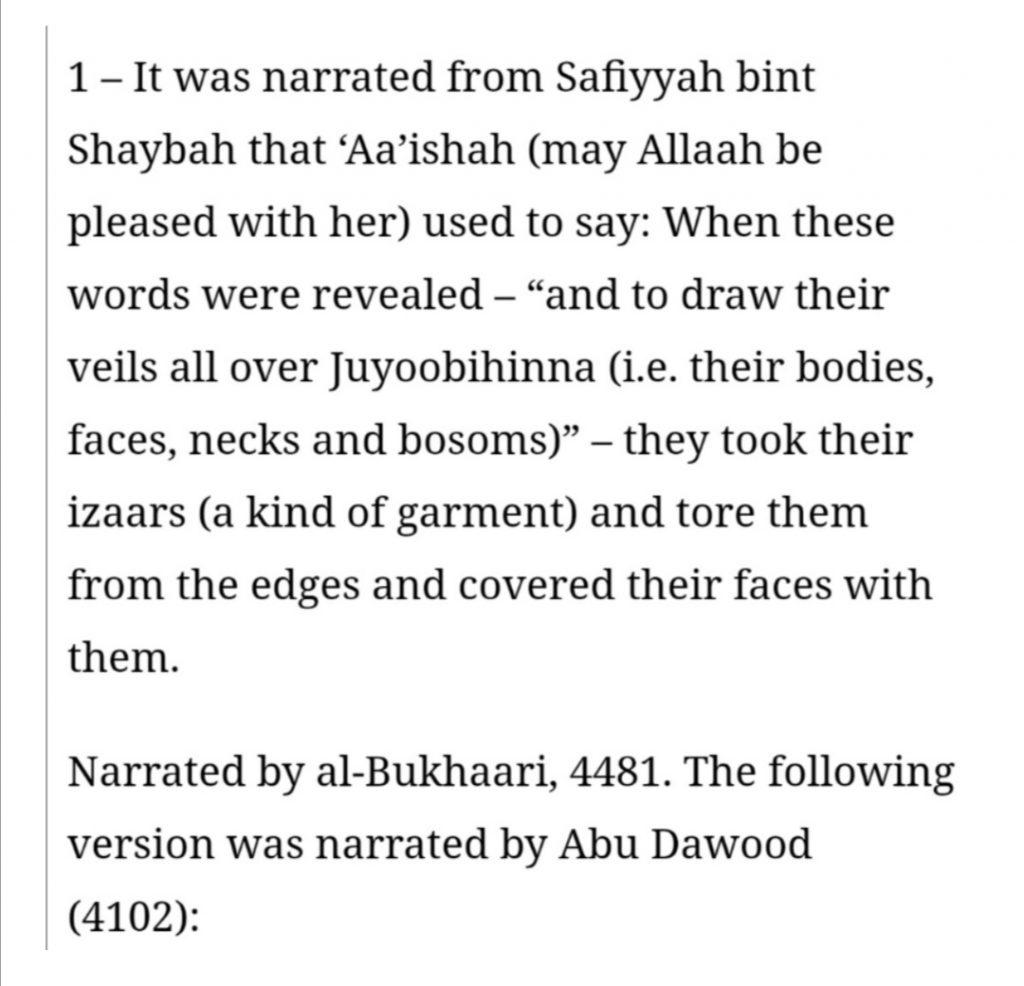
The above hadith is so powerful subhan’Allah and some might say that this hadith alone offers substantial weight to the daleel for wearing a niqaab (face veil).
Allahu a’lam.
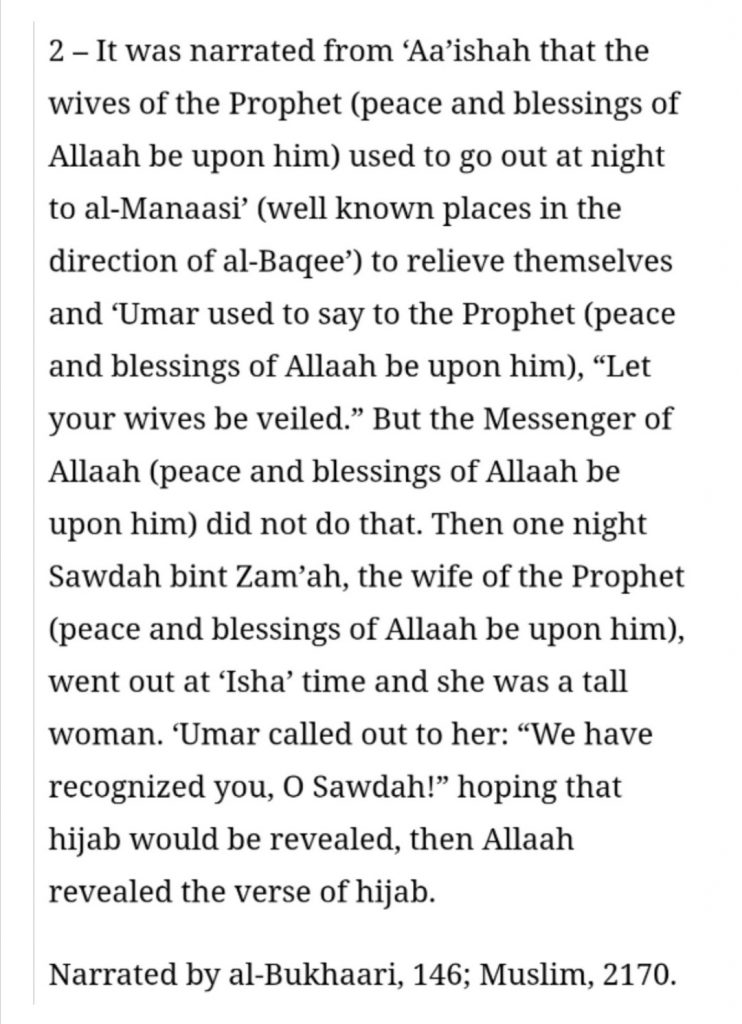
The depth of the above hadith is profound. Umar RA with his passion allahumma barrik may Allah be pleased with him, advising the Messenger of Allah salallahu alayhi wa salam to “let” his “wives be veiled“, and Rahsul Allah salallahu alayhi wa salam “did not do that“!! It took one of his wives being recognised by Umar Al Khattab RA with his passionate hope that hijab would be implemented and then subhan’Allah Allahu akbr, Allah subhanaa wa t’ala revealed the verse of hijab. This is such a lesson for us. That we can be those who advise and are advised by righteous peers who follow their fitrah with ikhlas and purity, have Taqwa and fear Allah and that above all, Allah has instructed us so who are we to disobey?!
La hawla wa laa quwatta illah billah.
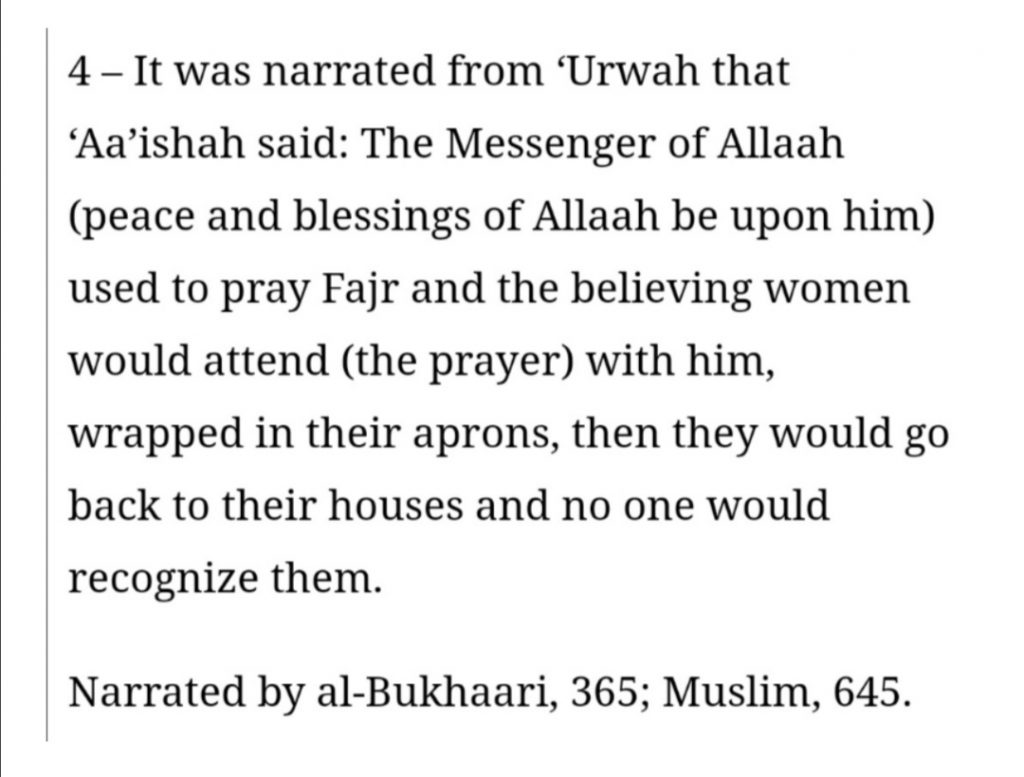
Women were so covered that they were unrecognisable when they returned from their prayer!
So, according to the Qur’an and Sunnah, we should be the same. No?!
The Messenger of Allah salallahu alayhi wa salam told us not to prevent “female servants of Allah” from going to the mosques but to “let them go out looking scruffy (unadorned)“:
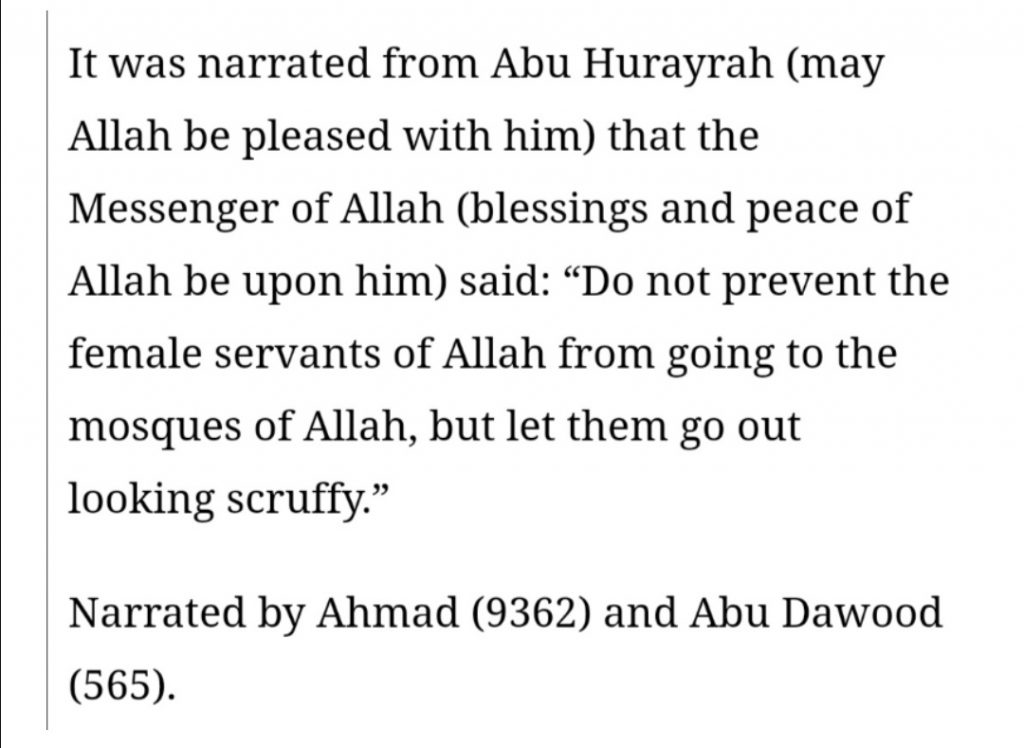
This refers to the adornment of women, such as; wearing perfume or dresses with adornment on the fabric, alluding to the fact that the women should be dressed in such a way that they do not attract unwanted attention from the opposite gender which then may lead to desire and in turn, sin etc.
Imam Ath-Thahabi (May Allah have mercy upon him) says in his book Kitab Al-Kaba’ir (The Book of Major Sins): “Amongst the deeds which a woman is cursed for are; displaying the adornments she wears, wearing perfume when she goes out, and wearing colourful clothes…”
The jilbab or dress that the woman wears must not be that of adornment as in it must not have any jewels or sparkly eye-catching gems attached to it, should not be of a glossy or shiny fabric, in fact it was likened to that of a crow:
The following report from Abu Dawud indicates that the women of the Sahabah used to wear black in which Aisha RA (May Allah be pleased with her) said: “After this Ayah (Al- Ahzab, 33:33) was revealed the women of the Ansar appeared like crows.”
The scholars have interpreted part of the meaning of “appeared like crows” as meaning that their Jilbabs were plain and black.
Wearing the plain, black dress has become something that some Muslim sisters themselves frown upon yet it is the one that alot of us feel most ‘safe‘ and ‘comfy‘ in, right? It’s certainly the one that draws the least attention yet ironically, in this current day and state of affairs, it has started to draw the most attention subhan’Allah. May Allah protect and bless our sisters in the struggle aameen. (Disclaimer: this reference to the hadith is not a personally intended to ‘discredit’ or ‘criticise’ those who wear items of colour)
The guidance from the Qur’an and Sunnah is clear and simple, yet we make it so complicated. May Allah keep us on the straight path and may we be righteous companions for one another aameen
©Hayat Al Muslimah/Sunnah Attire 2019